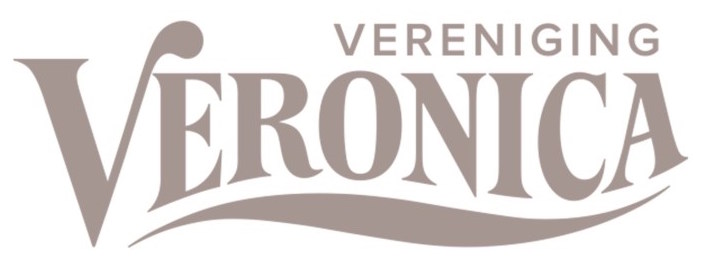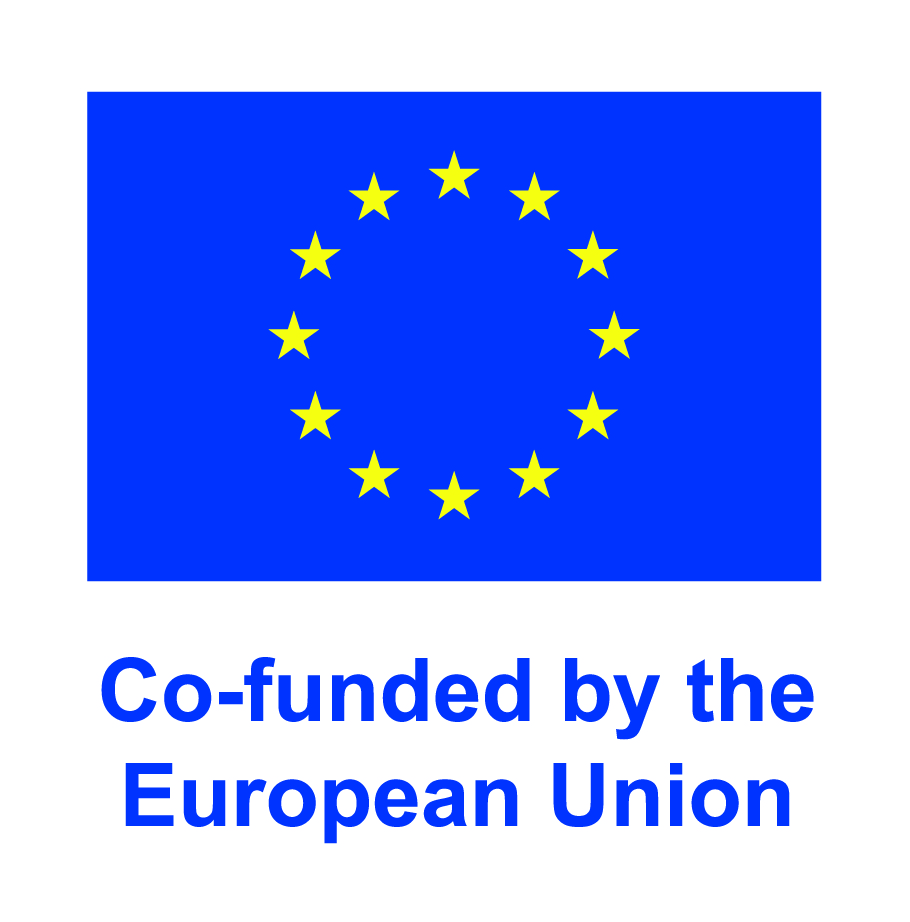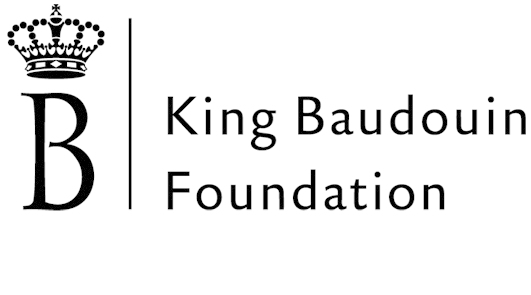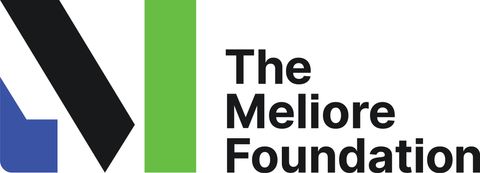
2017-05-19
Edouard Perrin’s landmark investigation into tax avoidance, known by most as LuxLeaks, revealed financial misconduct on a global scale, by publishing tax rulings from over three hundred multinational companies based in Luxembourg.
“Massive publication of secret documents is a double edged sword. If you don’t publish secret text agreements online, you can’t prove the scope of the problem," said Perrin. “On the other hand, it was precisely their publication which led the investigators to identify and indict Raphael Halet,” Perrin’s second whistleblower.
Perrin knows this all too well. Himself, Halet, and Deltour -two former Price Water House employees who leaked the incriminating documents- were charged with breaking trade secrets in a Luxembourg court. While Perrin was acquitted, the trial against Deltour and Halet continues after they were convicted on appeal in March 2017, and the case is likely to be brought in front of the European Court of Human Rights.
Protection for journalists and their sources is under threat in Europe. As Perrin’s story broke, and the lawsuits evolved, in 2016 the European Commission passed a directive protecting trade secrets, which puts the burden of proof on whistleblowers and reporters, allowing companies to sue for very significant damages.
Perrin fought to include exceptions protecting whistleblowers and reporters who are exposing misconduct, wrongdoing or illegal activity, and a European directive is now under discussion to protect whistleblowers.
“We really need a text that would insulate whistleblower whenever they raise the alarm on wrongdoing and misconduct in Europe against the public interest, a law that would pass the ‘Letour test’,” urgd Perrin.
Meanwhile, how can journalists publish large amounts of documents while keeping their sources safe? Publishing a huge dataset was key in showing the scope of tax evasion into the LuxLeaks case, and enabling the public to browse the original documents enhances a reporter’s credibility. Meanwhile, it also endangers the sources.
Despite all care being taken in protecting communications by only using encrypted emails and secondary phones, the published documents allowed Price Water House to track down the whistleblower. One piece of advice from Perrin, reflecting on his own experience: “Reducting more things from the documents is an option but will weaken your case”
“One of the solutions is to reconstruct the database- rearranging the data in a different format, and make replicas of documents.”
Paola Tamma
Photo by 21bis






